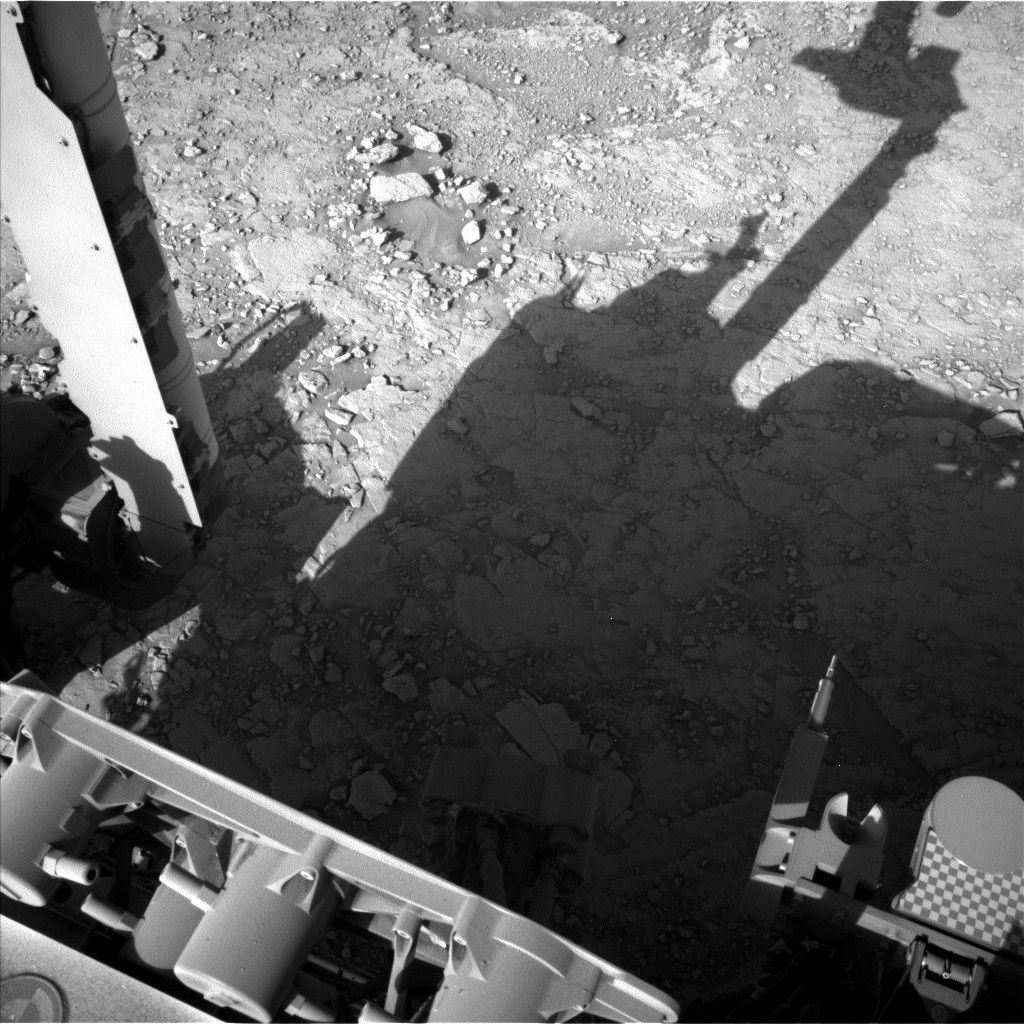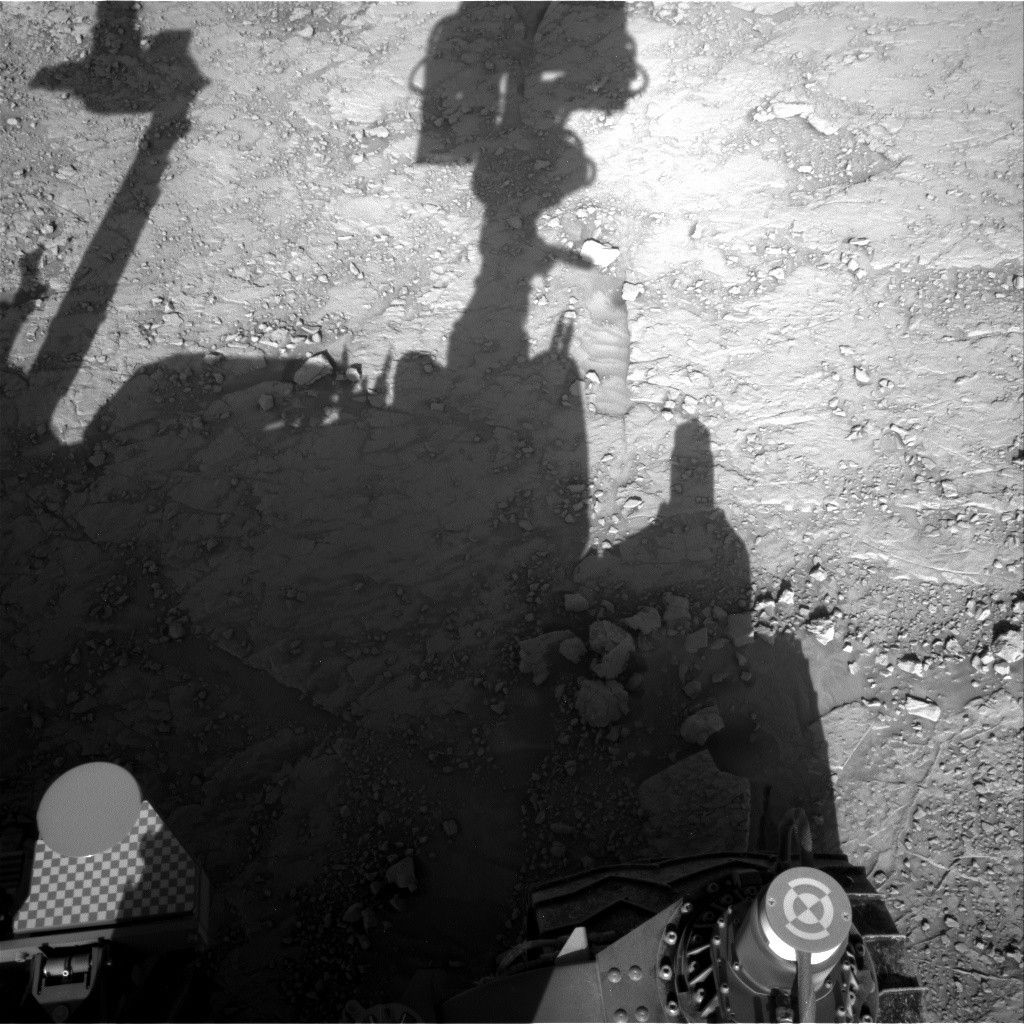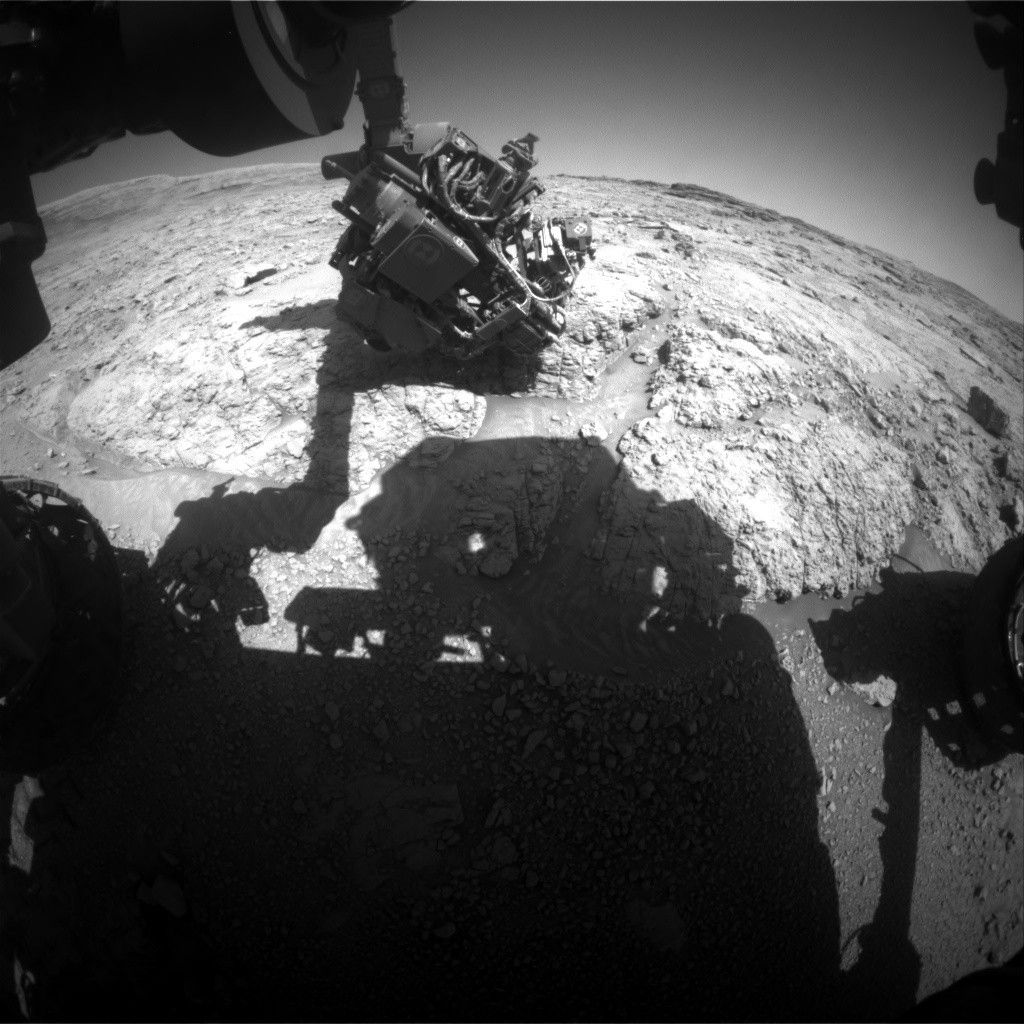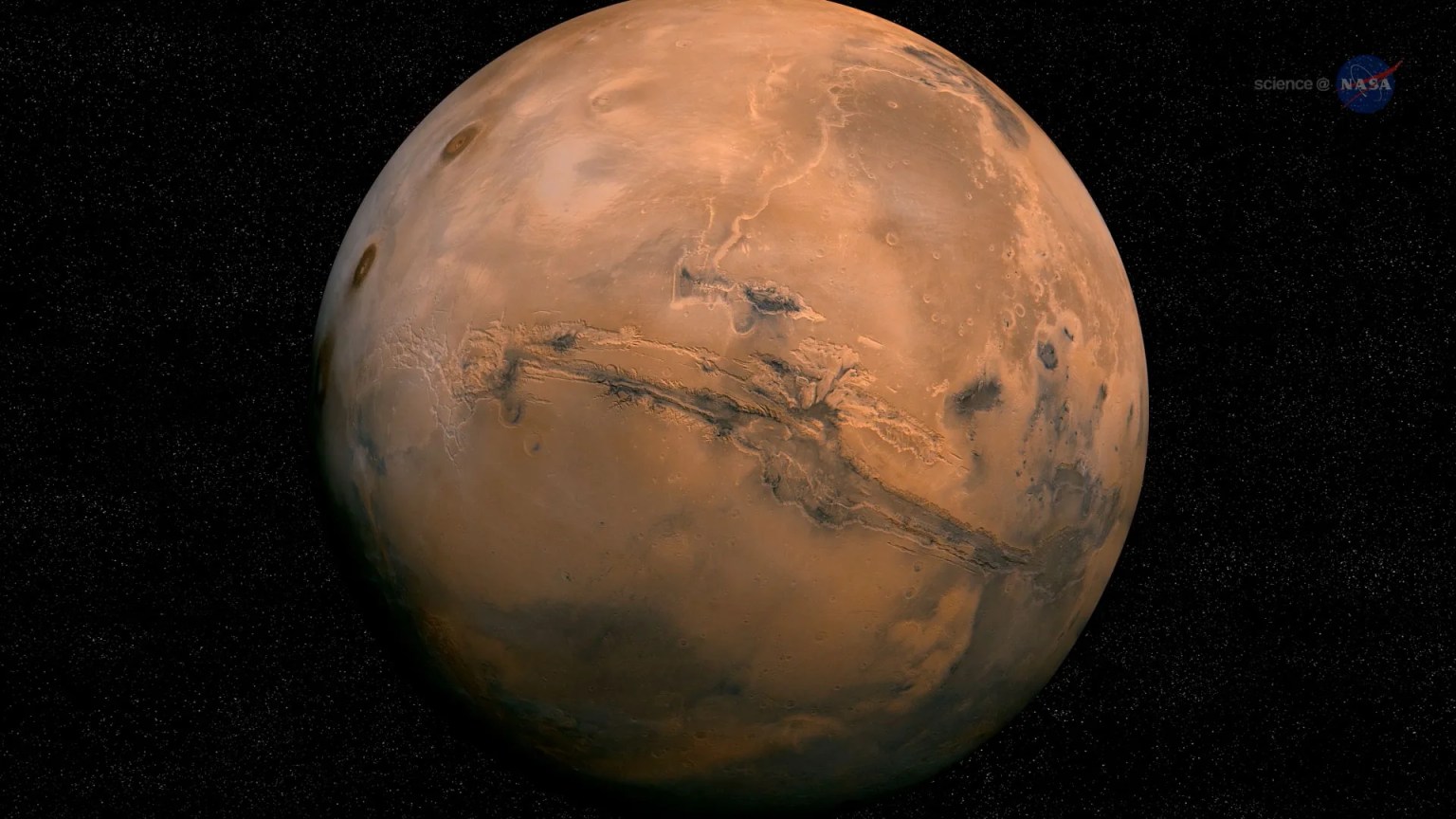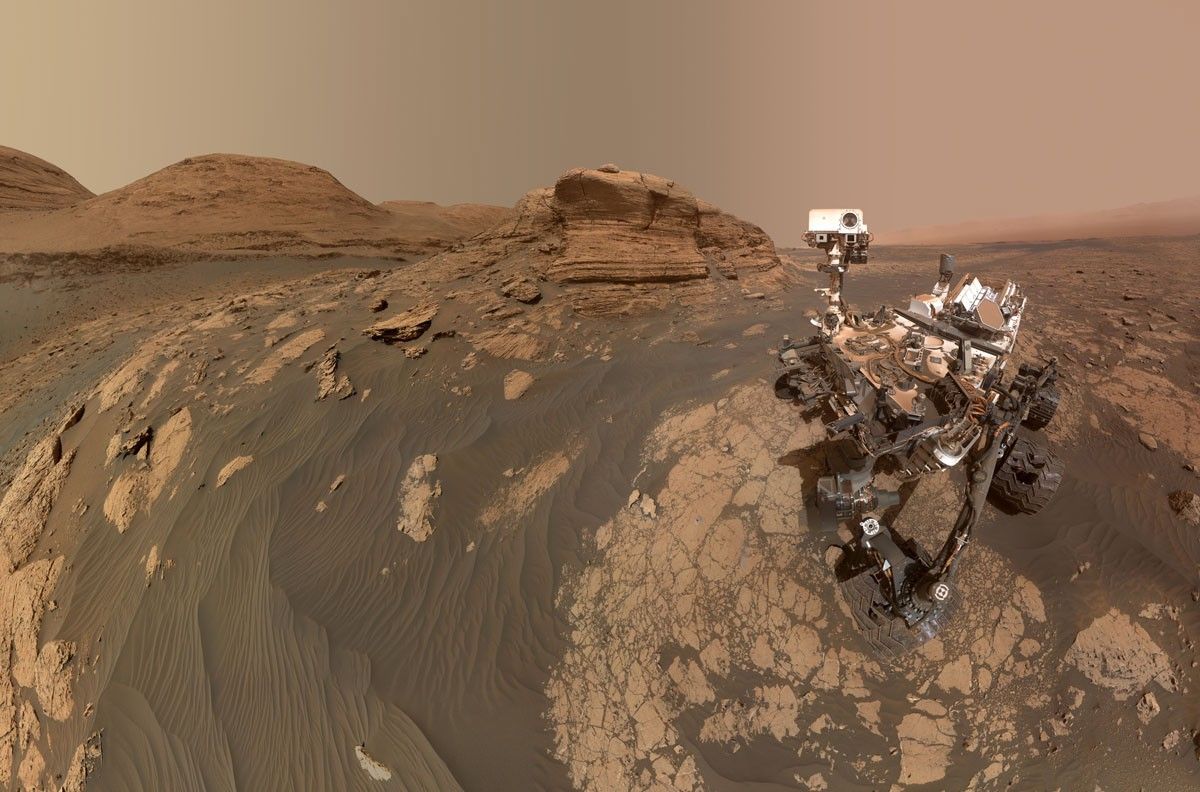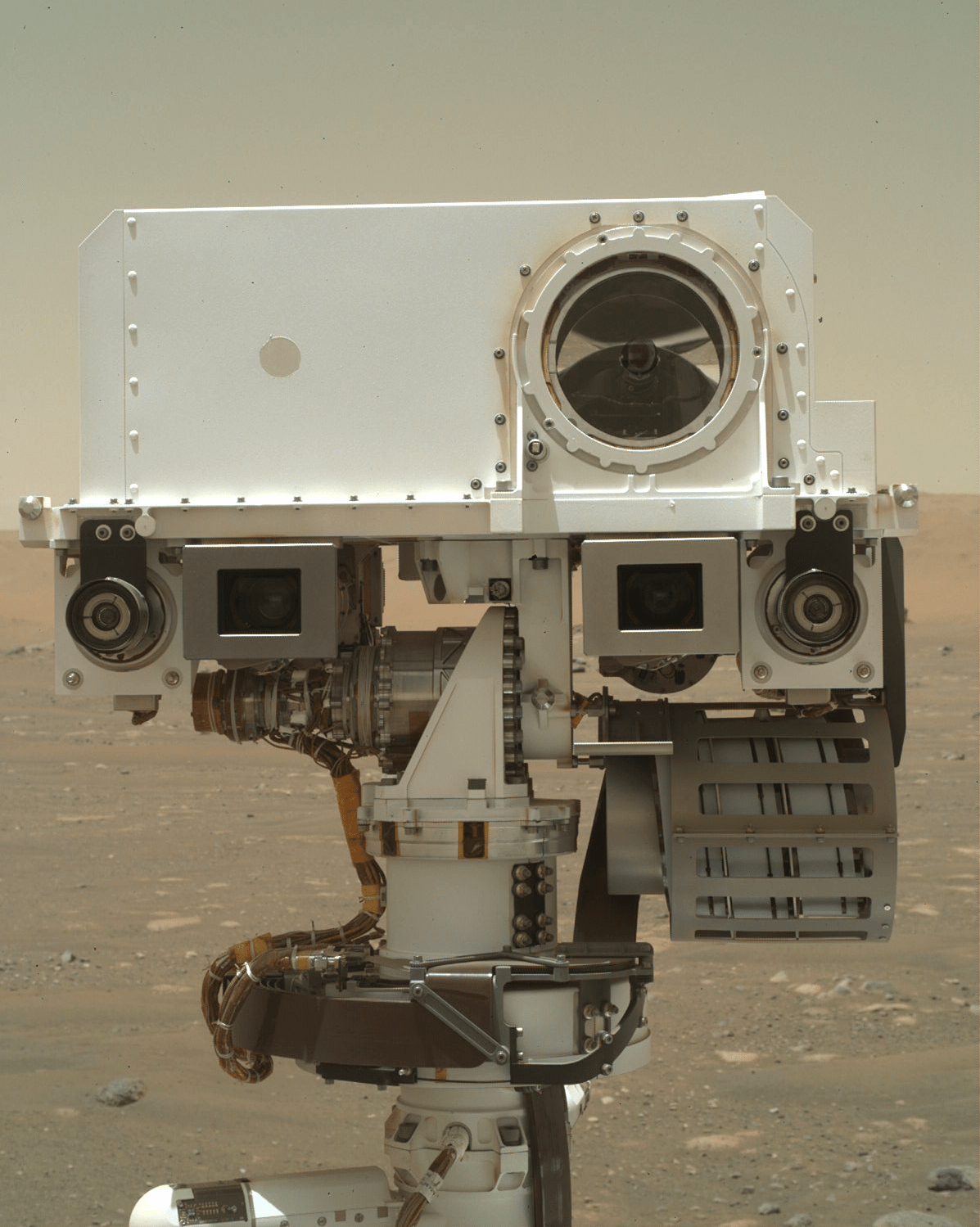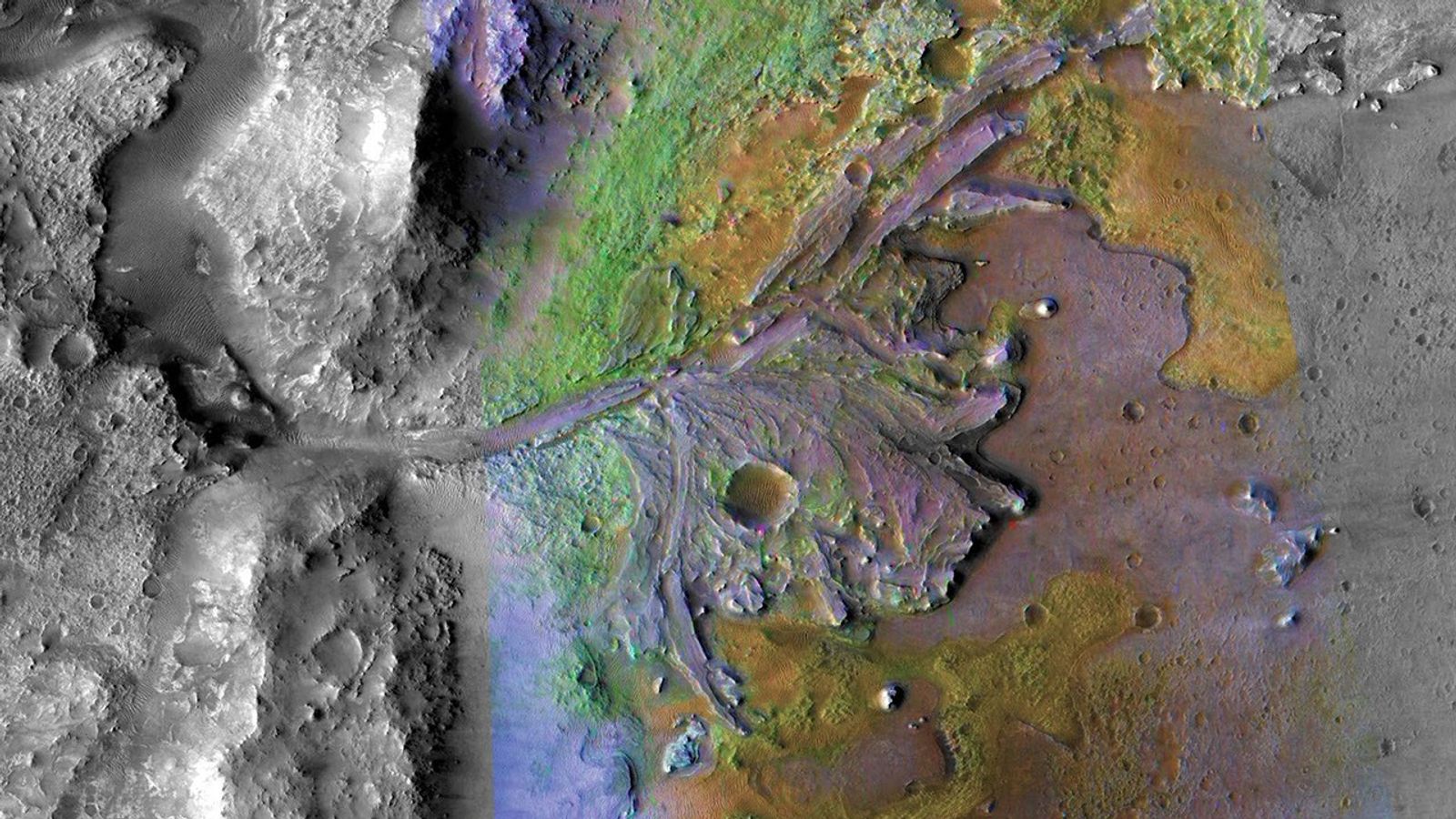Sols 4559-4560: Drill Campaign — Searching for a Boxwork Bedrock Drill Site
- The NASA Curiosity rover has decided to collect a drill sample from the outer edge of the boxwork-forming geologic unit, as geochemical measurements suggest changes in mineralogy.
- However, the team was unable to find a suitable spot for drilling due to fractured or debris-covered rocks, so they will have to move and try again before proceeding with the next step in drilling.
- In the meantime, the rover is taking additional measurements to understand the range of compositions found in this rock layer, including dust removal, APXS, LIBS, and MAHLI.
- The team plans to use these measurements to better understand the history of the new-to-us rocks and identify potential drillable spots for future drilling operations.
- Once a suitable spot is identified, the rover will proceed with the drill preload test, which marks an important step in the drilling process aimed at unlocking secrets about Mars’ geology and potential habitability.
3 min read
Sols 4559-4560: Drill Campaign — Searching for a Boxwork Bedrock Drill Site
Written by Lucy Lim, Planetary Scientist at NASA’s Goddard Space Flight Center
Earth planning date: Monday, June 2, 2025
Now that Curiosity has spent a few sols collecting close-up measurements of the rocks in the outer edge of the boxwork-forming geologic unit, the team has decided that it’s time to collect a drill sample. The geochemical measurements by APXS and ChemCam have shown changes since we crossed over from the previous layered sulfate unit, but we can’t figure out the mineralogy from those data alone. As we’ve often seen before on Mars, the same chemical elements can crystallize into a number of different mineral assemblages. That’s even more the case in sedimentary rocks such as we are driving through, in which different grains in our rocks may have formed in different times and places. This also means that when we do get our mineral data, those minerals will tell us a lot about the history of these new-to-us rocks.
On board Curiosity, that mineral analysis is the job of the CheMin instrument, which uses X-ray diffraction to identify minerals. CheMin shines a narrow X-ray beam through a powdered sample in order to generate the diffraction pattern, which means that it needs a drilled sample. So the team today was busy looking for a drillable spot. Unfortunately the rover’s drill reach from today’s parking spot included only rocks that were too fractured or had too much debris sitting on them to be considered likely to produce a good drilled sample, so we will have to move, or “bump,” at least one more time before progressing to the drill preload test, which is the next step in drilling.
In the meantime, we are taking more measurements to understand the range of compositions that can be found in this rock layer. Dust removal (DRT) + APXS + LIBS + MAHLI were all planned for target “Holcomb Valley,” while a short distance away a second DRT/APXS/MAHLI measurement was planned for “Santa Ysabel Valley” and in another direction, a second LIBS for “Stough Saddle.” One long-distance ChemCam remote imaging mosaic was planned to cover a boxwork structure off in the distance. Mastcam had a relatively light day of imaging, with just a couple of small mosaics covering a nearby trough feature, and providing context for the RMI of the boxwork structure, in addition to documenting the two LIBS targets. The modern Mars environment was also recorded with a couple of movies to look for dust-devil activity, a measurement of atmospheric opacity, and a pair of suprahorizon observations to look for clouds, plus the usual passive observations by DAN and REMS to monitor the neutron environment, temperature, and humidity.
I’ll be on rover planning Wednesday as Geology and Mineralogy Science Theme Lead and looking forward to what we find — hopefully some drillable boxwork-unit bedrock!

